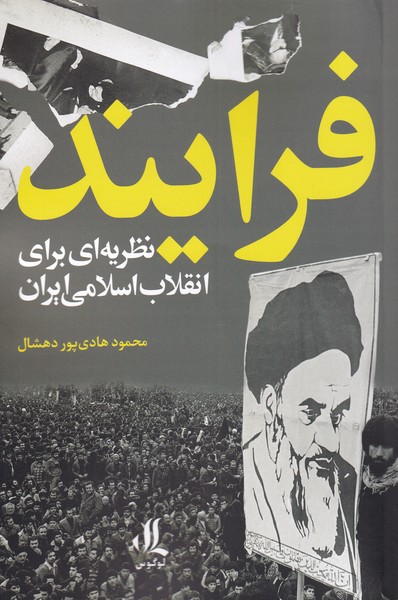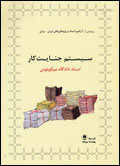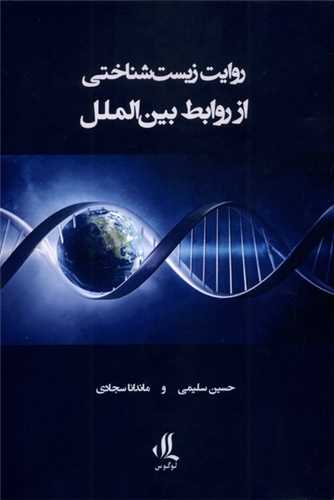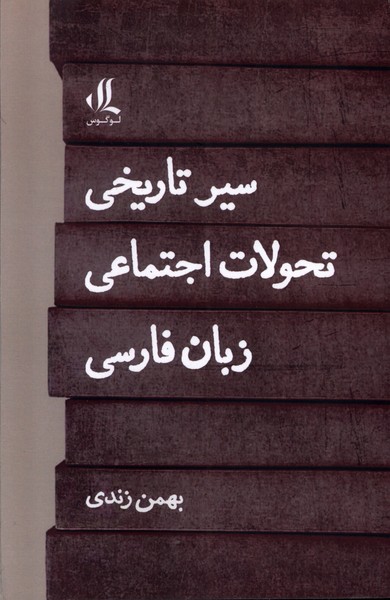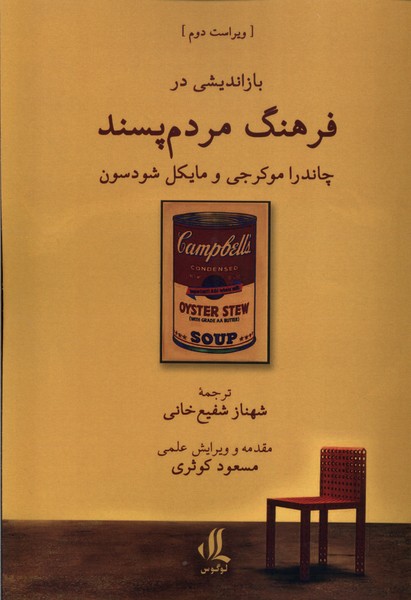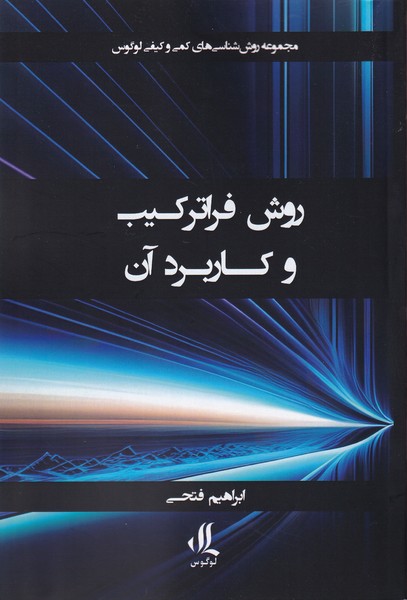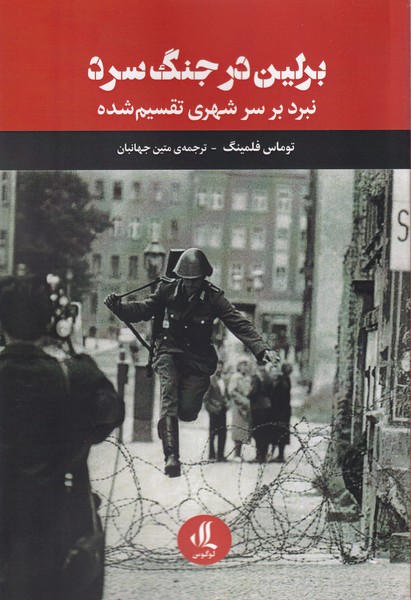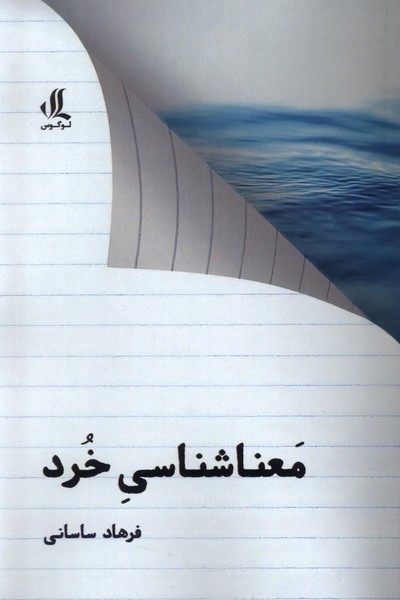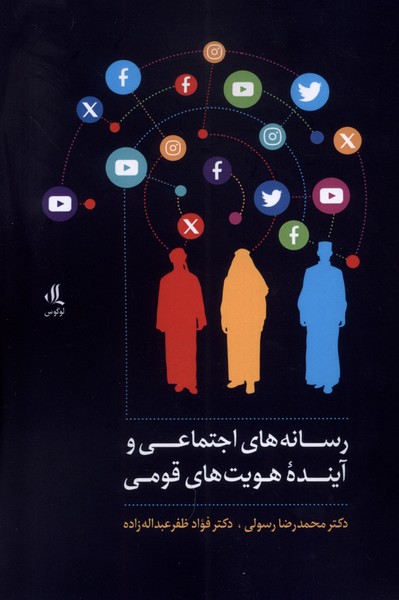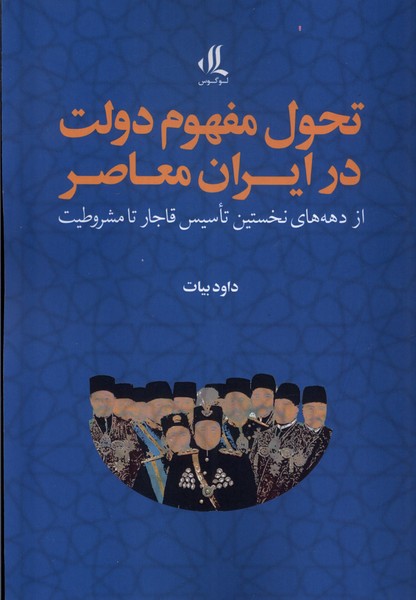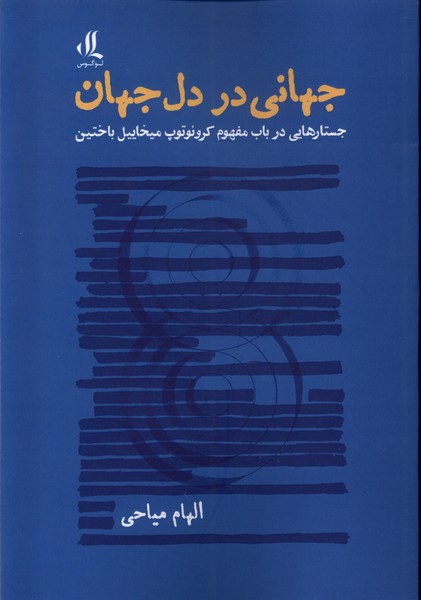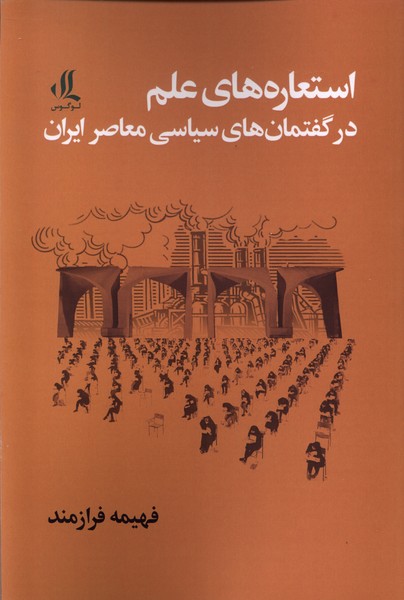Farāyand (naẓarīyah-ī bara-yi inqilāb-i islāmī Īrān): Persiska (Farsi) 1401
فرایند (نظریهای برای انقلاب اسلامی ایران)
24,10 $
Dela
Wishlist
The Islamic Revolution of Iran in 1357 struck the government of Mohammad Reza Shah Pahlavi like a bolt of lightning, and the speed of the revolutionary upsurge became a mystery that occupied the minds of society and researchers for years. Parallel to the propaganda of the revolutionary government regarding the victory of light over darkness, the researchers of the Islamic revolution started investigating the roots of the revolution. The more unsuccessful the government was in fulfilling its promises, the stronger the suspicion of a conspiracy to overthrow the imperial system became in the minds of the citizens. The efforts of researchers to explain the theory of revolution, on the one hand, could not clarify all the pieces of the puzzle of the process of the Islamic revolution in Iran, and on the other hand, it failed to remove the suspicion of conspiracy in the public mind. Therefore, the gaps in a comprehensive theory regarding the Iranian Islamic Revolution were still felt. In addition, the common political conflicts in semi-modern Iran did not pay attention to the foundations of sustainable development and ignored the value of economic institutions, equal opportunities in the economy, and political institutions in the consistency of development. Taking a close look at the values of a free economy and the role of economic institutions in creating sustainable development, the book "Process" aims to explore the process of Iran's Islamic Revolution and explain the importance of the "lack of economic and political institutions" in the formation of the waves of this Eastern Revolution. Although this book pays attention to the opinions of eminent scientists such as Samuel Huntington and Ernesto Laclau to examine the Islamic Revolution of Iran, it has compared these opinions with the documents and facts of the Islamic Revolution in 1357, all the factors that led to the creation of a revolution under the umbrella of the Shia religion. It is reviewed in detail. Reading this book to understand the value of economic and political institutions in creating and maintaining development and avoiding the dream of "oil development" is not without merit.
more
انقلاب اسلامی ایران در سال ۱۳۵۷، همچون صاعقه حکومت محمدرضاشاه پهلوی را درنوردید و همین سرعت خیزش انقلابی معمایی شد که اذهان جامعه و محققان را سالها به خود مشغول ساخت. بهموازات تبلیغات حکومت انقلابی در خصوص پیروزی نور بر ظلمت، پژوهشگران انقلاب اسلامی به بررسی ریشههای انقلاب مشغول گشتند. هرچقدر حکومت در تحقق وعدههای خود ناموفقتر میشد شبهه توطئه در ساقط کردن نظام شاهنشاهی نیز در ذهن شهروندان پررنگتر میگشت. تلاش پژوهشگران برای تبیین نظریه انقلاب از یک سو نتوانست تمام قطعات پازل فرایند انقلاب اسلامی ایران را روشن سازد و از سوی دیگر در زدودن شبهه توطئه در اذهان عمومی هم ناکام بود. ازاینرو، جاهای خالی یک نظریۀ جامع در خصوص انقلاب اسلامی ایران همچنان حس میشد. بهعلاوه، کشمکشهای رایج سیاسی در ایران شبهمدرن فارغ از توجه به بنیانهای توسعه پایدار بود و ارزش نهادهای اقتصادی، فرصتهای برابر در اقتصاد و نهادهای سیاسی را در قوام یافتن توسعه نادیده میانگاشت. کتاب «فرایند» با نگاهی دقیق به ارزشهای اقتصاد آزاد و نقش نهادهای اقتصادی در ایجاد توسعۀ پایدار بر آن است که فرایند انقلاب اسلامی ایران را کندوکاو کند و اهمیت «فقدان نهادهای اقتصادی و سیاسی» را در شکلگیری امواج این انقلاب شرقی تشریح نماید. این کتاب گرچه برای بررسی انقلاب اسلامی ایران به نظریات دانشمندان شاخصی چون ساموئل هانتینگتون و ارنستو لاکلائو توجه دارد، اما این نظرات را با مستندات و واقعیتهای انقلاب اسلامی در سال ۱۳۵۷ تطبیق داده، تمام عواملی را که به ایجاد انقلابی در زیر چتر مذهب شیعه منجر شد بهصورت مبسوط بررسی مینماید. خواندن این کتاب برای درک ارزش نهادهای اقتصادی و سیاسی در ایجاد و حفظ توسعه و اجتناب از رویای «توسعۀ نفتی» خالیازلطف نیست.
more

